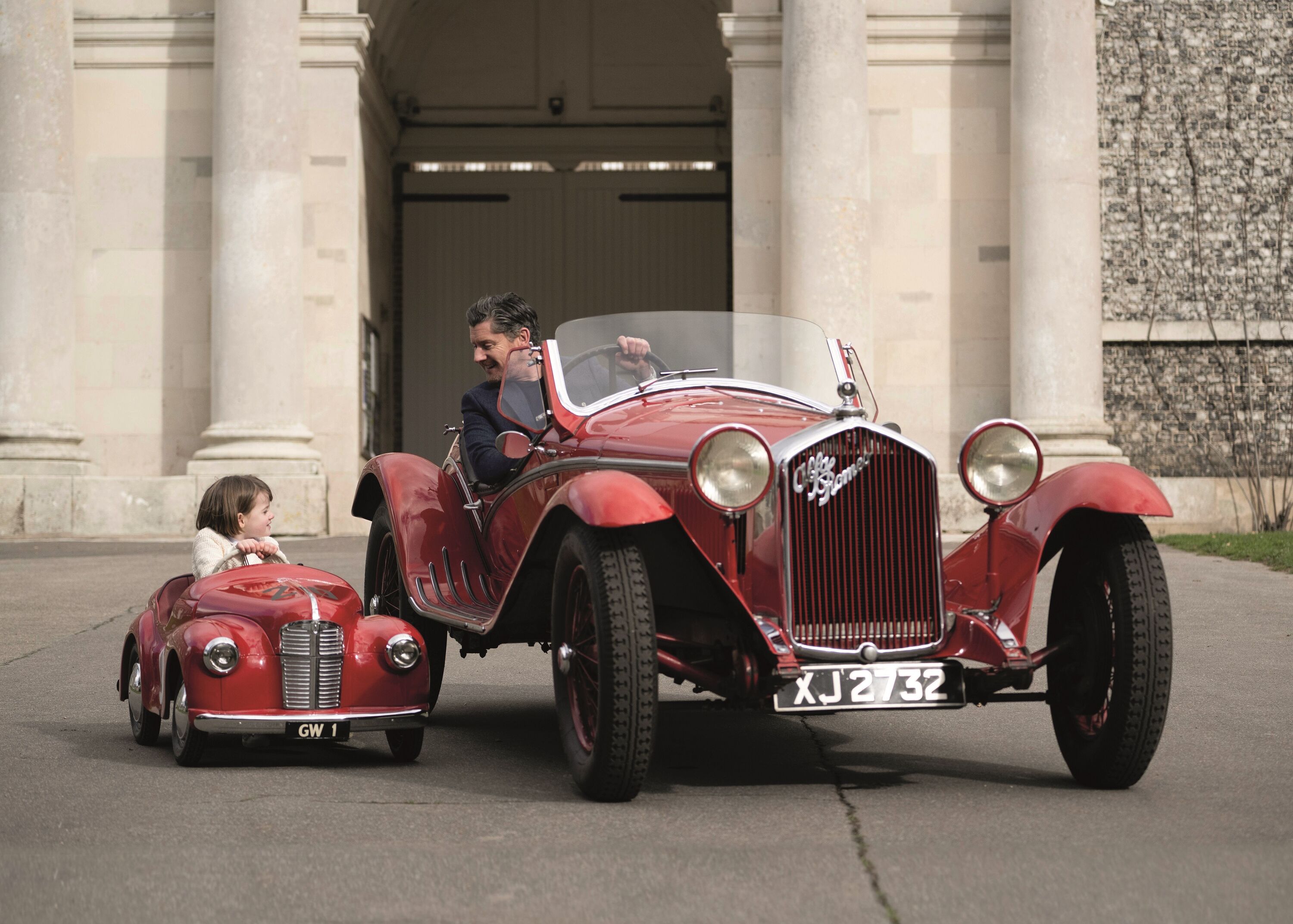Why Porsche has a right to build an off-roader | Thank Frankel it's Friday
 Andrew Frankel
Andrew Frankel
I am today coming to you from downtown Los Angeles, where Porsche has just pulled the covers off the new 911 Dakar. It was a typically deft reveal, with a cover being pulled off one car while another drove dramatically out of a shipping container parked next to the stage. And in its blue and white two-tone livery, with its raised ride height, chunky Pirelli Scorpion double ply tyres and a roof rack on which to carry your folding shovels, traction bars, fuel and water canisters and survival tent, it looked just fine. I really can’t wait to make a closer acquaintance, preferably somewhere with a lot of sand.

But I did struggle just a little to take my eyes off the car parked next to it, which was another 911 in a very similar livery but with a rather different, longer and more illustrious tale to tell. For this was the car that won the 1984 Paris-Dakar rally.
If we’re being technical, it’s not actually a 911 at all, but one of just three Porsche 953s built. Porsche had been thinking about how it might do the Dakar ever since the first event in 1979, but it was the impetus provided by long time Porsche works driver and four-time Le Mans winner Jacky Ickx that really got the project going. Jacky had won the 1983 event in a Mercedes-Benz 280GE ‘Gelandewagen’ at his third attempt, and the prospect of returning in a Porsche was just too delicious to resist.

The 911 was, you will remember, no stranger to the special stage, the car having racked up a hat-trick of victories on the Monte Carlo rally from 1968-70, but the Dakar was a challenge of an altogether different proportion. The event covered 7,500 miles, over 3,000 of them on competitive stages on a route that took in France, Algeria, Niger, Burkina Faso, Ivory Coast, Mauritania and Senegal. Even a car as versatile as the 911 would need adapting. Three G-series Carreras were taken from the line and transformed.
With typical Porsche thoroughness, it reviewed every significant part of the car to determine how it could be made more suitable for what was to come. The engine was actually detuned with a lower compression over fears of the quality of fuel supplied in Africa. The transmission gained four-wheel drive, with a fixed 31:69 front to rear split and a manually lockable centre differential. It was the first all-wheel-drive 911. All new double wishbone front suspension was fitted while coils replaced torsion bars at the rear. Suspension travel was an absurd 270mm. The roof, doors, side windows and rear screen were all made from plastic while a vast 120 litre fuel tank was installed in the nose with an even bigger 150 litre tank positioned in place of the rear seats.

The three cars were to be driven by Ickx, Dakar specialist René Metge and Porsche development driver, racer and legend Roland Kussmaul. It was really treated as a dress rehearsal for the car Porsche really wanted to use on the Dakar, the 959, whose hideous complexity was resulting in a rather drawn-out gestation.
And yet, Metge swept to victory, his car barely missing a beat. His biggest challenge was Ickx who actually won more stages than Metge, but who was ruled out of contention by an electrical fire that left the car apparently dead in the desert. Few thought there was any chance of repairing it, but repaired it was and despite re-joining in 129th position, Ickx drove so fast that his was the quickest car over the next 1,000 stage miles. At the finish he was sixth with Kussmaul back in 27th, loyally playing the part of support driver to his team-mates.

Compared to a modern front running Dakar car, which is essentially a purpose-built survival cell on wheels, the 953 looks terrifyingly standard. Peer inside and you’ll see a standard dashboard with all the usual instruments, and really only the solid bulkhead separating off the rear tank, race seats and harnesses and some rallying timing equipment typical of the era to tell it from a standard car.
The 959 made its Dakar debut the following year but all three cars entered failed to finish. In 1986, however, Metge won again, with Ickx second and Kussmaul sixth. Porsche had thoroughly conquered the world’s most gruelling rally. But it was with the 953 that it, and the entire history of the all-wheel-drive 911, really started.
Thank Frankel it's Friday
Porsche
911
Dakar
953
Paris-Dakar





